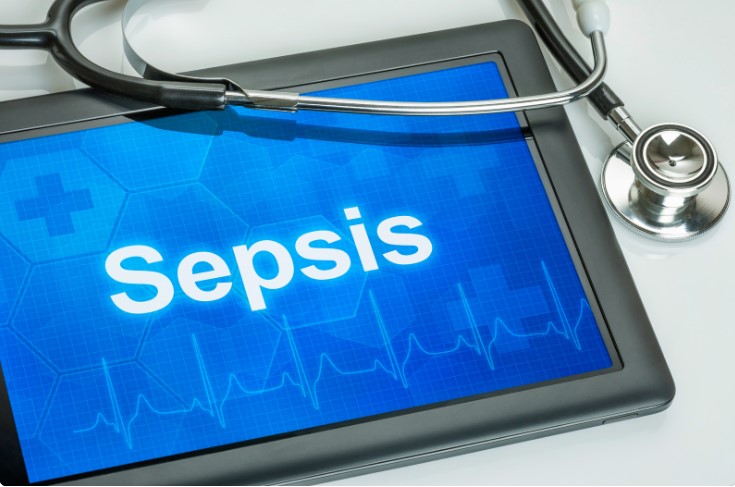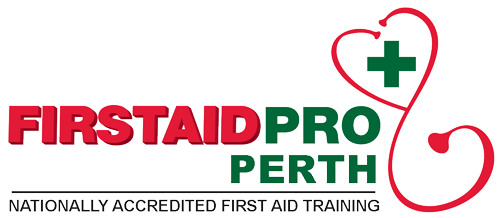Sepsis is a silent killer affecting millions worldwide each year. It can strike anyone, anywhere, at any time, and its consequences can be devastating. But the good news is that sepsis can be treated and even prevented if caught early enough.
In this fast-paced world, knowing about sepsis and first aid could be the difference between life and death. So buckle up and get ready to learn why sepsis is so important and how you can take action to save a life.
What Is Sepsis?
Sepsis is a life-threatening condition that occurs when the body’s immune system responds abnormally to an infection. Instead of fighting the infection, the immune system launches a widespread attack on the body’s own tissues and organs. If left untreated, this can lead to organ failure, shock, and even death.
Despite the seriousness of sepsis, many people are not aware of the condition or its signs and symptoms. A recent survey found that only 34% of Australians have heard of sepsis, and only 3% could correctly identify all common symptoms.
This highlights the need for increased awareness and education about sepsis, both the general public and healthcare professionals. To help you out, here are 7 facts you should know about sepsis.
7 Facts We Should Know About Sepsis
1. Sepsis Can Affect People Of All Ages
Sepsis can affect anyone, regardless of age or health status, from newborns to the elderly. However, certain groups of people are at a higher risk of developing sepsis, including those with weakened immune systems, chronic medical conditions, and those who have undergone invasive medical procedures.
2. Sepsis Signs And Symptoms May Vary
The signs and symptoms of sepsis can be vague and nonspecific, making it difficult to diagnose. However, common symptoms include fever, rapid heart rate, rapid breathing, confusion, and low blood pressure.
3. Sepsis Is More Common Than You Know
In Australia, sepsis is a significant public health issue, with an estimated 15,000 deaths yearly. It is responsible for more deaths than breast, prostate, and colon cancer combined. The prevalence of sepsis is also on the rise, with a 50% increase in the number of cases over the past decade.
4. Sepsis Can Be Caused By A Variety Of Infectious And Non-infectious Sources
Bacterial infections are the most common cause of sepsis, with gram-positive and gram-negative bacteria being the most frequently implicated. However, sepsis can also be caused by infections from viruses, fungi, parasites, and other microorganisms. In some cases, sepsis can also be caused by non-infectious sources, such as burns, trauma, surgery, or pancreatitis.
5. Early Recognition And Treatment Are Crucial
Early recognition and prompt treatment are essential to improving patient outcomes. The “Sepsis Six” is a set of evidence-based interventions that can be used to quickly identify and treat sepsis.
6. Prevention Is Key To Reducing The Risk Of Sepsis
Good hand hygiene, vaccination, and proper wound care are all important strategies for preventing infections that can lead to sepsis. People with chronic medical conditions should also work closely with their healthcare providers to manage their condition and reduce their risk of infection.
First Aid Awareness Plays An Important Role In Managing Sepsis
Education and training in first aid for both individuals and healthcare providers can help reduce the incidence of sepsis and improve patient outcomes.
The Sepsis Six
The “Sepsis Six” is a set of evidence-based interventions that can be used to quickly identify and treat sepsis. These interventions include:
-
- Give high-flow oxygen to maintain a SpO2 above 94%.
- Take blood cultures before starting antibiotics.
- Administer broad-spectrum antibiotics as soon as possible, ideally within one hour of recognition of sepsis.
- Administer intravenous fluid resuscitation (at least 30 mL/kg of crystalloid solution) within the first hour.
- Measure serum lactate level and repeat if the initial level is elevated (>2 mmol/L).
- Monitor and document hourly urine output, respiratory rate, and blood pressure
The Sepsis Six aim to quickly identify and treat the underlying infection while providing supportive care to help manage the patient’s symptoms and prevent life-threatening complications.
The Sepsis Six is a key part of early sepsis management. Still, it is important to note that it is not a comprehensive treatment plan and should be followed by ongoing care and treatment tailored to the individual patient’s needs.
First Aid For Sepsis
If you suspect that someone has sepsis, there are several steps you can take to help them:
-
- Call emergency medical services (EMS) immediately. Sepsis is a medical emergency, and it is important to seek professional medical attention as soon as possible.
- Check for signs of infection, including fever, chills, and rapid breathing. If the person has an open wound, check for signs of redness, swelling, or drainage.
- Encourage the person to lie down and elevate their legs. This can help improve blood flow and reduce the risk of complications.
- Do not give the person anything to eat or drink. This can interfere with medical treatment and can increase the risk of complications.
- Stay with the person and provide comfort and reassurance. Sepsis can be a scary and overwhelming experience, and having a supportive presence can help the person feel more at ease.
Remember, the best way to prevent sepsis is to practice good hygiene and infection control and seek medical attention for infections that do not improve with first aid treatment.
Takeaway
While there is no way to prevent sepsis completely, there are steps you can take to reduce your risk. Early recognition and treatment of sepsis are critical to improving outcomes and reducing the risk of complications
First aid is a critical component of sepsis management. It helps to identify sepsis early and provide supportive care while waiting for professional medical help to arrive.
By working together to raise awareness of sepsis and taking prompt action when sepsis is suspected, we can help reduce the impact of this serious medical condition on individuals and communities worldwide.
Learn lifesaving skills with The First Aid Course Canberra.
Book a first aid course today.







